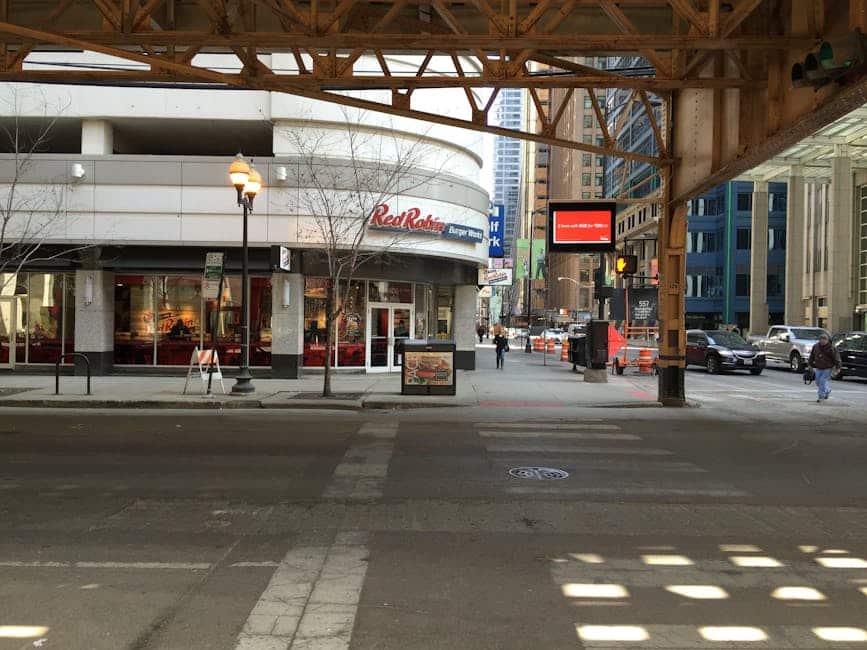The Chicago Marathon: Everything You Need to Know
The Chicago Marathon is more than just a race; it’s a celebration of human endurance, a testament to the spirit of the Windy City, and a bucket-list event for runners worldwide. Whether you’re a seasoned marathoner aiming for a personal best or a first-timer excited about the journey, this guide will provide you with everything you need to know about the Chicago Marathon, from its rich history to tips on conquering the course. 🏃♂️🏃♀️
Table of Contents
1. Introduction to the Chicago Marathon
2. A Brief History of the Marathon
3. The Course: What to Expect
4. Preparing for Race Day
5. Spectator Spots and Cheer Zones
6. Post-Race Festivities
7. FAQs
8. Conclusion
Introduction to the Chicago Marathon
The Chicago Marathon, held annually in October, is one of the six World Marathon Majors. This event draws tens of thousands of participants from across the globe, all eager to experience the vibrant city and its enthusiastic crowds. Known for its flat and fast course, the marathon is a prime choice for those aiming to qualify for the Boston Marathon or set a personal record.
A Brief History of the Marathon
The Chicago Marathon has a storied past, with its inaugural race taking place in 1977. What started as a modest event with about 4,200 runners has blossomed into a world-renowned race, attracting elite athletes and charity runners alike. Over the years, the marathon has witnessed numerous world records and unforgettable moments, cementing its place in the hearts of the running community.
The Course: What to Expect
The Chicago Marathon course is famous for being flat and scenic, winding through 29 vibrant neighborhoods. Starting in Grant Park, runners make their way north to Lakeview, west to the United Center, and south through Pilsen and Chinatown, before heading back to the park. Along the way, participants are treated to the sights and sounds of Chicago’s diverse communities, each adding their unique flair to the event.
Be prepared for the unpredictable Chicago weather, which can range from crisp autumn mornings to unseasonably warm afternoons. Dressing in layers and staying hydrated are key to navigating the course comfortably. 🌦️
Preparing for Race Day
Training for the Chicago Marathon requires dedication and a strategic plan. Whether you’re following a professional training program or tailoring your own, consistency is key. Incorporate long runs, speed work, and rest days into your routine to build endurance and prevent injuries.
Nutritional preparation is equally important. Carbohydrate loading in the days leading up to the race helps ensure your glycogen stores are full. On race day, stick to familiar foods and drinks to avoid any digestive surprises. 🍌🥨
Spectator Spots and Cheer Zones
For spectators, the Chicago Marathon is a thrilling event to witness. Popular cheer zones include the lively Boystown neighborhood, the vibrant Pilsen area, and the bustling streets of Chinatown. Each spot offers a unique atmosphere, complete with local music, food, and enthusiastic supporters. If you’re cheering for someone specific, be sure to coordinate your meeting points ahead of time to avoid the crowds.
Post-Race Festivities
After crossing the finish line, runners are greeted with medals, snacks, and a sense of accomplishment. But the fun doesn’t stop there! Chicago offers a plethora of post-race celebrations, from the official after-party in Grant Park to local bars and restaurants offering special deals for marathoners. It’s the perfect opportunity to relax, reflect, and revel in your achievement. 🍻
FAQs
Q: How do I register for the Chicago Marathon?
A: Registration typically opens in late October or early November the year before the race. You can sign up through the official marathon website, either by meeting qualifying standards or entering the lottery system.
Q: What is the time limit for the race?
A: The official time limit for the marathon is 6 hours and 30 minutes. Participants must maintain a pace of approximately 15 minutes per mile.
Q: Are there aid stations along the course?
A: Yes, there are aid stations approximately every 1-2 miles, offering water, Gatorade, and medical support.
Conclusion
The Chicago Marathon is more than just a race; it’s an experience that encapsulates the spirit of Chicago and the determination of runners worldwide. Whether you’re pounding the pavement or cheering from the sidelines, the marathon is a testament to the power of perseverance and community. So lace up your running shoes, mark your calendar, and get ready to be part of something truly extraordinary. 🏅


